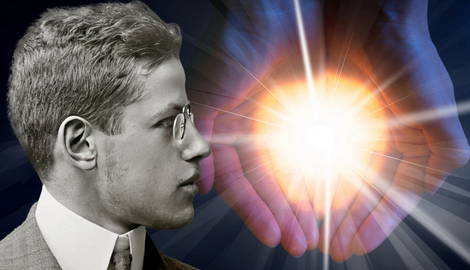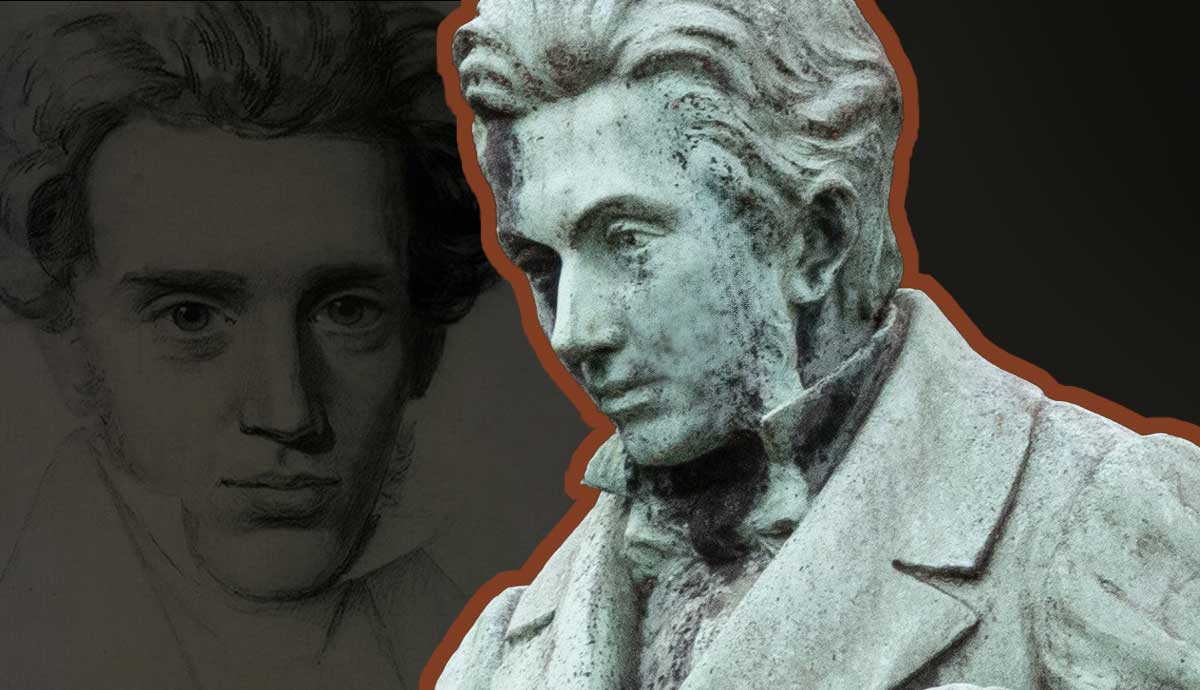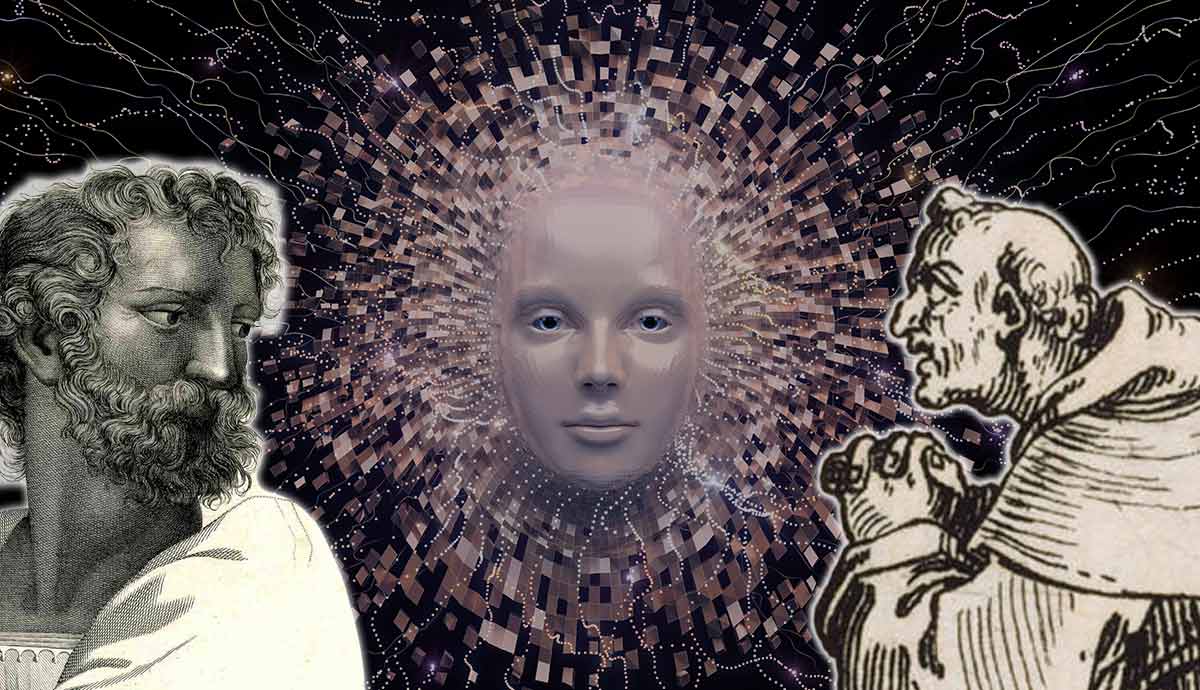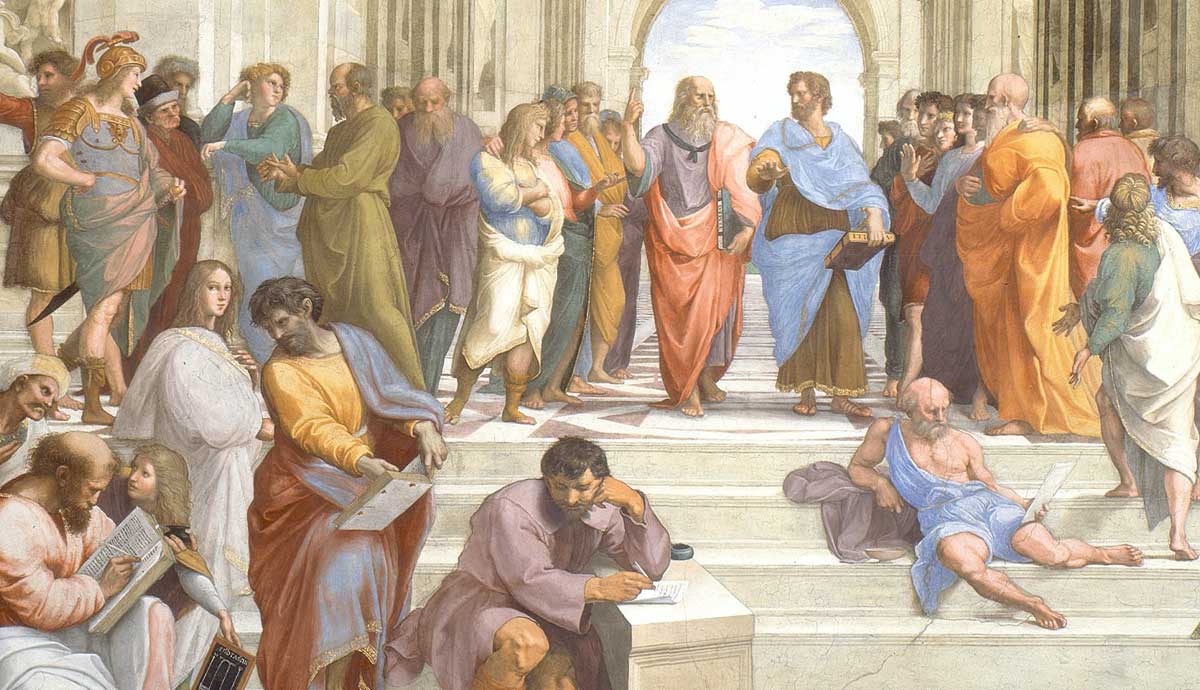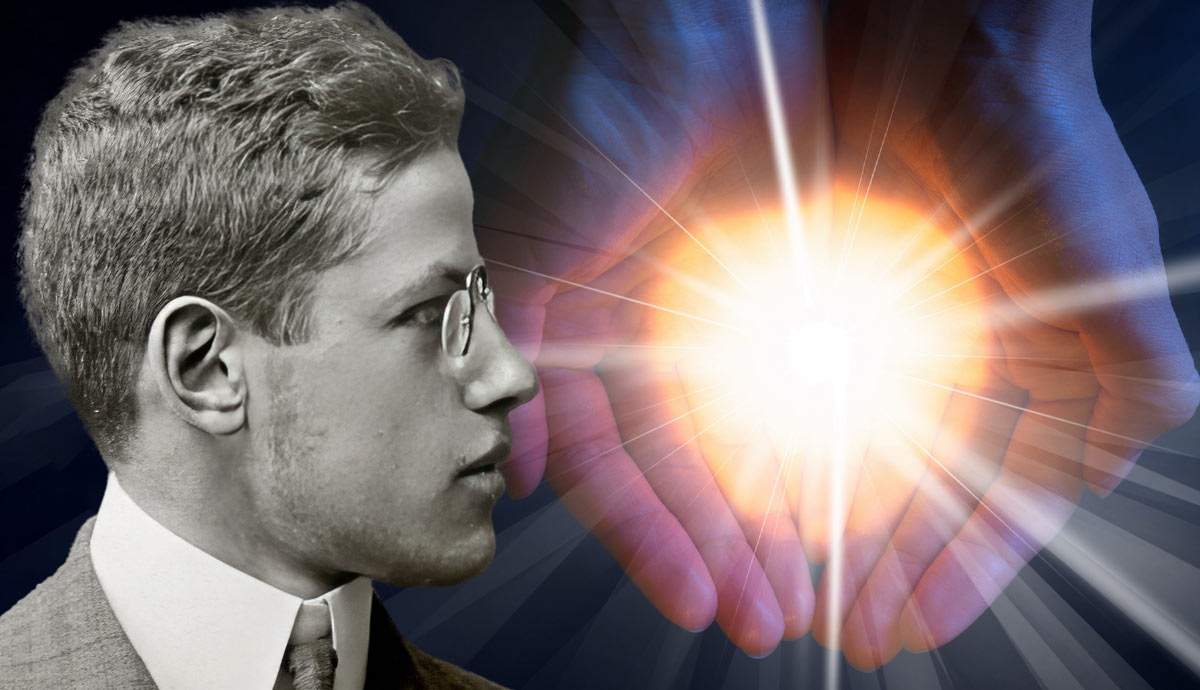
Why did ancient people, crowds in the Bible, readers of the Qur’an, or any other religious texts believe in miracles? How can a modern theologian or even the modern subject come to terms with what miracles mean? Is there truth to them? Is there any reality to miracles? Franz Rosenzweig believes there is—what is his argument?
Introducing Franz Rosenzweig

Franz Rosenzweig was a German Jewish theologian and philosopher. His magnum opus, The Star of Redemption, sets out to unravel the odyssey of the believer as he investigates the core of faith through Creation (Origins) and revelation (Holy text) and ends with the ultimate goal of Redemption (Transformation of ourselves and the world).
To successfully fulfill this journey to redemption, complexities in the world and revelation itself must be understood rationally, making faith precarious. Rosenzweig’s most fundamentally significant question regarding this is: What is then at the kernel of faith?
In order to answer this question, he puts forward, what he considers, an immense problem in the modern study of theology, the problem regarding the dismissal of miracles. He posed the idea that there is indeed a reality of miracles, which explicates the ambiguous nature of faith itself that eludes meaning(s).
How Can Miracles Be Real?

Why did ancient people, the crowds in the Bible, men and women of the Qur’an, or any other religious texts for that matter, believe in miracles? How can a modern theologian or even the modern subject come to terms with what miracles mean and if there is truth to them?
Rosenzweig argues for a completely new way of thinking about what miracles are. He argues that miracles in themselves have a reality, especially for the one who has faith and the one who is open to faith. Miracles, in their essence, aren’t false because they are a metaphorical or symbolic form of didacticism in religious texts. Rather, miracles have a reality of their own, and that reality stems from our own personal or impersonal experience of them.
As he writes, “The miracle is that man succeeds in lifting the veil which commonly hangs over the future, not that he suspends predestination. Miracle and prophecy belong together.” Our narrow perspective, embedded in Western thought as a rational way of thinking, albeit important for understanding the many layers of theology, can’t encompass the grand cosmic temporality of the experience of miracles. St. Augustine, the North African Christian preacher, influenced Rosenzweig’s thought on miracles’ relation to time.
Prophecy and Signs of the Divine

Rosenzweig presents a seething critique of modern theology and its place in history in The Star of Redemption, especially regarding miracles. The Enlightenment theologians, having boasted the virtues of empirical sciences and rationality, have found miracles to be an “embarrassment” of religion, an anachronism. The effects of the Enlightenment still linger heavily in many disciplines and have led to a complete severance of miracles or the miraculous from theology because it is oftentimes considered intellectually shameful. Hence, miracles (if not completely discarded) are explained away as merely symbolic or metaphorical quips in a revelatory text.
This further severs faith from miracles as well. According to Rosenzweig, an elimination of belief in faith is a negativity that creates a large void because the fundament of faith is belief in the unseen, the impossible. It also scoops out the primordial, mythological element of religion and its text(s).
For him, the very concept and the true experience of miracles points emphatically to the dominion of divine providence. So faith and miracles are inextricable as miracles confirm faith, and faith propels miracles. He calls this modern theology, bereft of miracles, an “atheistic theology” because it doesn’t acknowledge the core of faith and its relation to the revelatory text and history of providence. He observes that the emergence of natural sciences didn’t cause the decline of the miracle because this idea assumes that the traditional conception of the miracle was solely a naive belief of the wonders of God and His ability to suspend any laws of nature at will.
Miracles and Laws of Nature

Rosenzweig writes that it wasn’t just the fact that a miracle was a suspension of the laws of nature that led us to believe.
It was precisely the opposite because if naivety for enchantment was so common, an individual miracle would hardly strike one’s imagination. Pagan sorcerers at the time would put on spectacles as well, but it was miracles that profoundly impacted the ancient experience.
This is because a prophecy always precedes the miracle. So a miracle is a “sign” of God’s salvific presence, as he writes: “Miracle and prophecy belong together…miracle attracts attention by virtue of its predictedness, not by its unusualness.”
A Villainous Turn in Theology

The important element of prophecy is a key insight for Rosenzweig. And keeping it in mind he attacks the claims made in modern theological arguments that their challenge to the reality of miracles is its incompatibility with the teachings of science. He shows that their issue is rather with the historical facticity of the miracle.
Finding a rational or natural explanation for a miracle isn’t a major part of their critique but rather they set out to find the credibility of specific, individual miracles. The concept of the miracle isn’t examined but rather the particular occurrences that happened in history.
Rosenzweig’s retort is that looking at the specificity of each miracle isn’t a robust historic-theological analysis. The witness shouldn’t be under investigation. It is the transmission of the greater religious tradition that follows through the many miracle witnesses that makes miracles an interesting part of faith. It creates rites of passage and traditional teachings with its auctoritas.
He attributes this impotent theology to modern theologians wanting to align themselves to the “historical enlightenment,” where history is studied, yet the perspective on it is extremely limited. Because the intellectual landscape has turned towards a radical focus on the present, even history is tainted by the now; he writes: “The past must don the traits of the present.”
The Villainous Friedrich Schleiermacher

The villain who influenced this turn to the preeminence of the present is Friedrich Schleiermacher. He was a German theologian working in the eighteenth and early nineteenth century who still holds a grip on contemporary religious thought, according to Rosenzweig. His postulation of the subjective experience of faith in the present shifted the historically objective knowledge-based theology of the past.
So, for Rosenzweig, this opposition to the objective historicity of miracles as one of the central pillars of faith harms theology immensely. However, he believes that this atheistic, fluid, subjective, emotional, and informal view of miracles and faith is perhaps a dialectical development of theology itself.
Even though Rosenzweig emphasizes the experience of miracles as almost mythological, he examines that experience through historical objectivity, which Schleiermacher denies.
Miracles: Bridge Between Philosophy and Theology

It is important to note that Rosenzweig’s discussion of miracles is in the middle of his magnum opus, The Star of Redemption. This positioning is pivotal because it opens Part 2 of his argument. The first part of his book is delineation of what philosophy has become post Hegel’s death, one of the greatest German Idealists who declared the end of philosophy as per his project. After resurrecting philosophy, Rosenzweig conjures the truly theistic image of God and attempts to revalorize biblical creation, revelation, and redemption.
The middle cut of the miracle between these grand arguments and the greater argument emphasizes that miracle is a “border concept” between philosophy and theology. Miracle fills gaps, tends to both disciplines, and illuminates their insights. For him, this is clearly seen in how philosophy and theology simultaneously turned towards subjectivism. This simultaneous trend shows the importance of historical dialectics, as subjectivism can eventually reconcile the ancient conflict between faith and reason.
Miracles are a bridge connecting philosophy and theology. Philosophy, for Rosenzweig, establishes a “foundation” for faith because it has all the “preconditions of revelation” as it examines the psyche and the world through its fundament. He calls these foundations laid by philosophy the “protocosmos.” Whereas a theological study only occurs after revelation itself because the creation of man precedes the holy text.
So, it is in retrospect that humanity sees the logic of the protocosmos as it predicts the unraveling world experience of history in its abstract, conceptional form. Miracles are these cosmic experiences that have providence but contain within them the logic of protocosmos delineated by philosophy, hence making miracles a significant part of intellectual and religious life.
Rosenzweig and St. Augustine

Rosenzweig is venturing to reconfigure and re-coordinate the notion of totality by insisting that a single all-encompassing essence isn’t at the center of life, rather its three primal and irreducible, disconnected entities, unrelated to each other: God, man, and the world. They form the unbending points of a triangle that symbolizes the process of creation, revelation, and redemption.
This feature makes the past, future, and present part of a protocosmic, eternal timeline, which is best represented in the miracle. He takes this notion of an everlasting temporality condensed within the miracle from St. Augustine. In St. Augustine’s magnum opus, City of God, he writes that “the whole world” is a miracle, “but the manner of its making. It is as hidden from humanity and as incomprehensible to humanity as is the one who made it.”
Rosenzweig explicitly credits Augustine with the idea that the present is situated in our time with aspects of apocalyptic temporalities from the past and the potentiality of the future. He writes of redemption and miracles in which “every moment must be ready to receive the plentitude of eternity.” Hence, for him, time is condensed and can be compressed like in the moment of experiencing a miracle.
Even the working of the whole world, with the strangeness of time operating in it, also becomes a miracle, where the path to redemption is inevitable for the believer.
